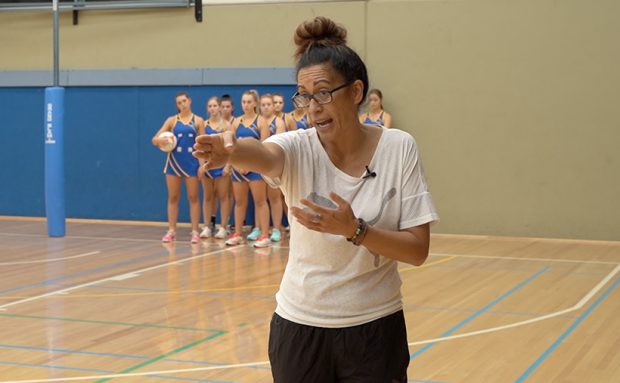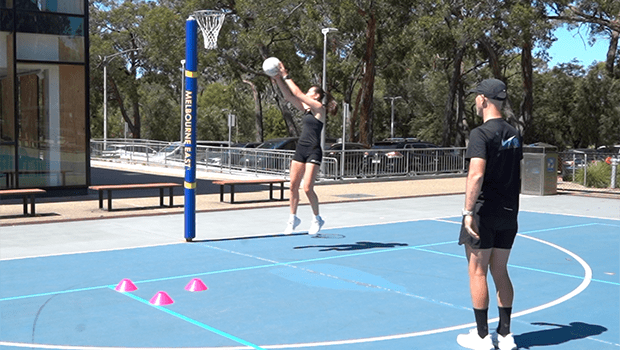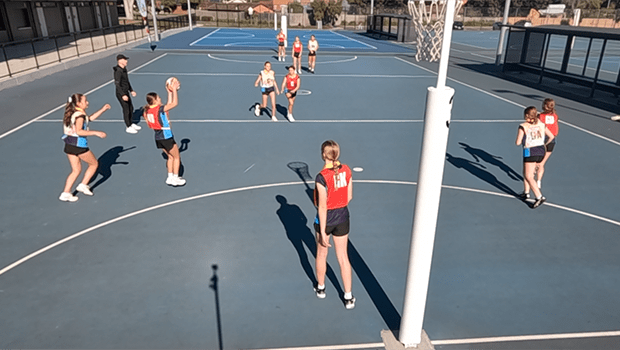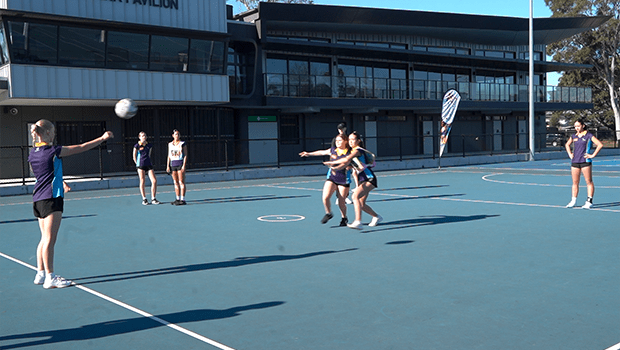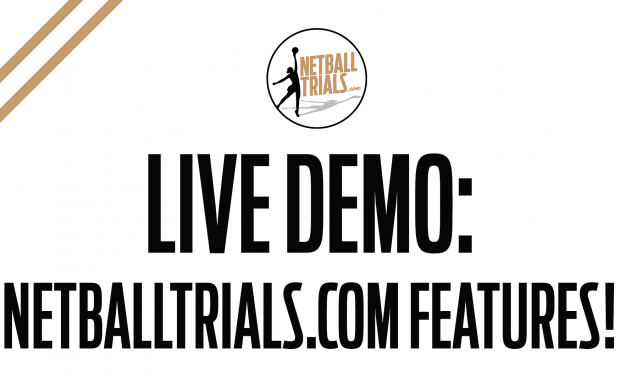Wouldn’t it be great if we all had the time and resources to be able to run specialist sessions for every position on the netball court, all the time?
The reality is, in between trying to get your team working cohesively on court, doing the basics well and practising set structures and plays, you won’t always have the time to give every player as much position-specific training as you’d like to.
But slipping in the occasional specialist drill or session for a particular position or area of the court can be a great way to break up your standard training sessions, as well as ensuring your players are being equipped with skills that are specific to the position they play.
500+ VIDEOS: SIGN UP HERE TO ACCESS ALL OF OUR DRILLS AND SKILLS
And there’s nothing wrong with players learning those skills if it’s not their position, either. A goaler who understands how a defender thinks and moves will be much more effective than a goaler who doesn’t, for example.
If you’re going to run sessions for your defenders throughout the season, the five skill areas below are a great place to start. Focus on one skill per session, rather than trying to cram everything into one or two sessions, so your players have a better chance to work on the basics and master them.
FOOTWORK
DRILL: DEFENDER MOVEMENT SEQUENCE
If you read our blog post last week, you’ll know that footwork is at the heart of so much of what a defender does.
Whether it be moving around the body of a taller goaler to avoid becoming stuck on a hold, reacting to a high ball and moving quickly to intercept it, or quickly responding to a goal attack’s change of direction on a centre pass, it’s all very hard to do well without having great feet.
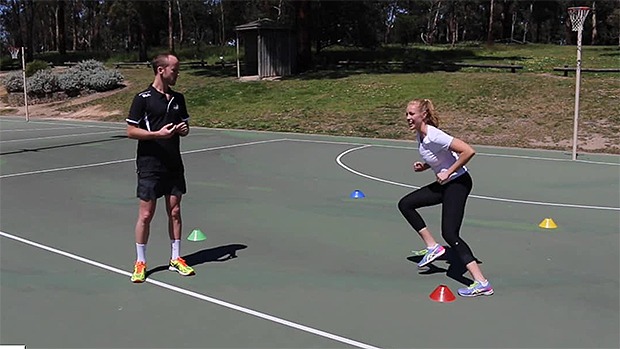
Drills that require defenders to use quick feet, short reactionary steps and sharp changes of direction should be a part of every session – let alone specialist defensive sessions – so the more often you practice those basic footwork skills with your players the better. The likelihood that your defenders will be taller players and may still be learning to control their bodies makes these drills even more critically important.
Any cone drills or cone and ball drills that incorporate quick forwards movements, followed immediately by backwards movements or defensive slides, as well as quick feet around cones, are a good place to start.
WORKING/CHANNELING AN OPPONENT
DRILL: ONE-ON-ONE – WORKING THE DRIVER
Forget about the glory of pulling in a photo-worthy intercept (although we love that, too!).
If your defenders take on board only one thing all year, let it be the ability to successfully step up, block and dictate an opponent’s space.
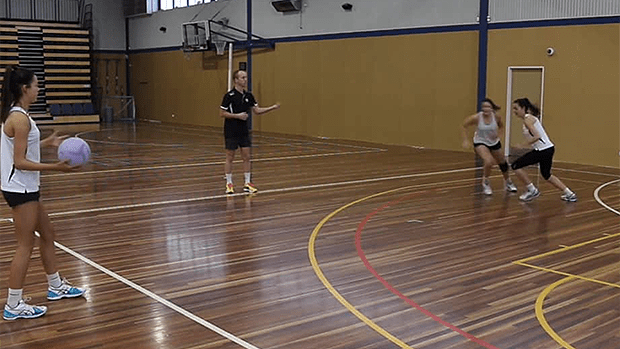
Coaching young players to use their body to take away an opponent’s ability to drive wherever they please can be a challenge, particularly with younger players, but as they progress through the grades and want to take their netball further, it’s a skill set that they simply have to have.
SESSION PLAN: INTRODUCING ONE-ON-ONE DEFENCE
Blocking and channeling an opponent towards the sideline or away from the spaces they want to use, aside from the obvious advantage of preventing their opponent from receiving the ball easily, will help to disrupt an opposition team’s flow and can also create opportunities for teammates to secure turnovers through bad passes or skill errors, courtesy of that player’s hard work off the ball.
INTERCEPTING
DRILL: INTERCEPTS EVERY WAY
Yes, we want all of our defenders being able to successfully attack a high ball and snatch in an intercept, but it’s important that they have the skills and technique to do so cleanly and without contacting.
When coming forward to intercept, look for players to attack the line of the ball at its earliest possible point, as well as mastering the ability to ‘hollow out’ their body around an opponent to avoid contacting.
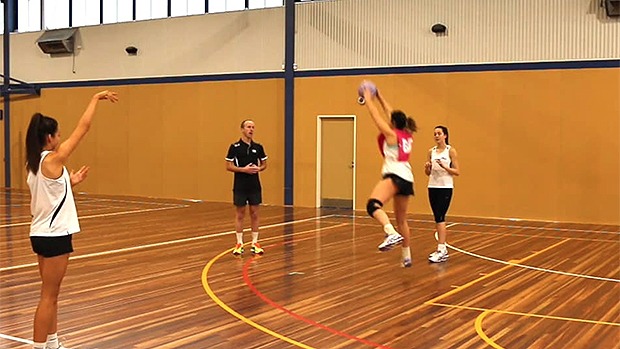
If they’re going back with the flight of the ball, focus on taking an extra couple of steps to get back under the ball and elevate off two feet, rather than lunging early with a jump off one leg.
COMMUNICATING
DRILL: DEFENSIVE COMMUNICATION
It’s amazing what a little talk can do.
Getting defenders to work together, rather than independently on their own opponent, is a somewhat more advanced skill for them to master, so the earlier they can start to learn to communicate with their fellow defenders and teammates, the better.
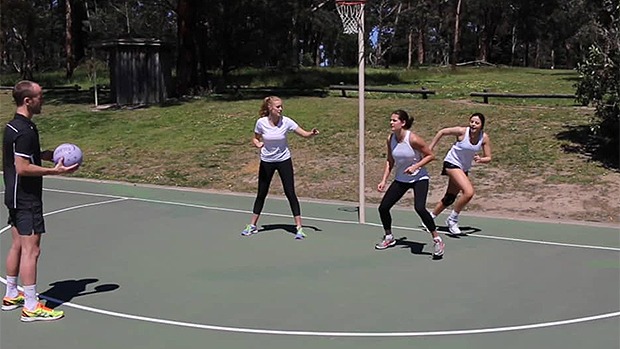
For this skill we use a number of drills that practice defenders talking to each other to let their teammate know where the opposition goalers are, and responding to that talk to switch opponents or shut their teammate’s opponent down when required.
They won’t get it right every time, but the sooner players become comfortable communicating with each other on court, the better and more effective they’ll be.
HUNTING
DRILL: GOALKEEPER HUNTING WITH MICAELA WILSON
See ball. Get ball. Sounds easy enough, right?
But getting defenders confident and competent enough to think about leaving the circle to pick off a long pass to an opposition WA or C, or coming off their own opponent to have a go at a pass to their teammate’s opponent, is one of the most challenging things you can do as a coach.
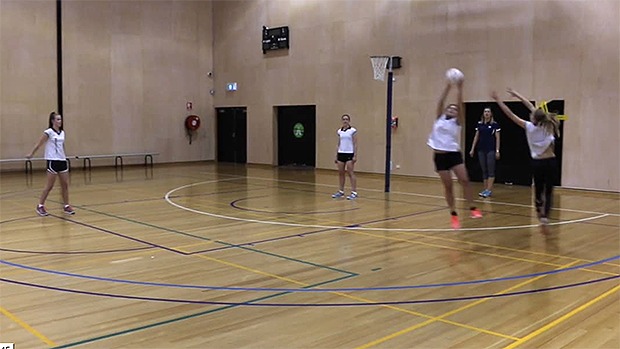
Give them that skill, however, and you’ll be amazed at how many opportunities there are for them to impact the game and disrupt the opposition’s transition towards the goal circle.
Remember, before a defender hunts for intercepts they need to ensure they’ve done the work to shut down their own opposition player first, so that they don’t get burnt by leaving their opponent unattended.
